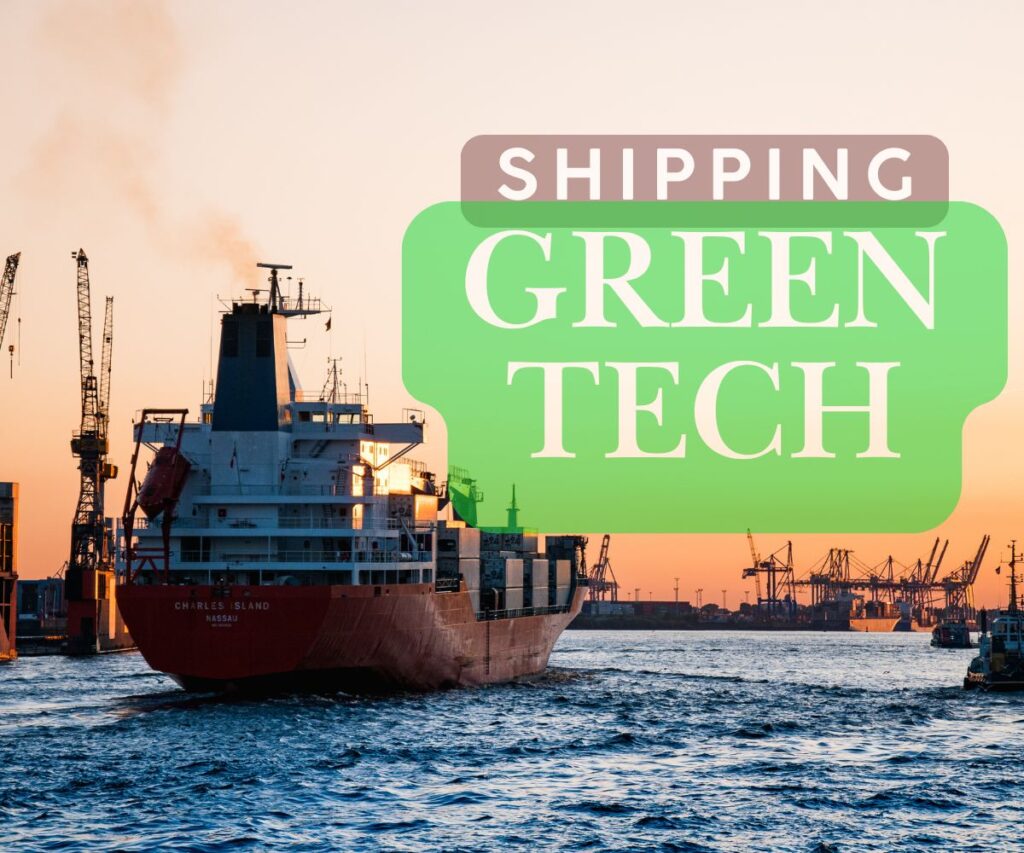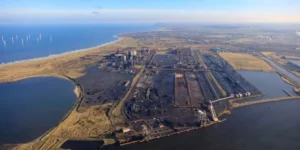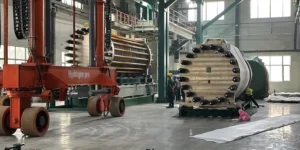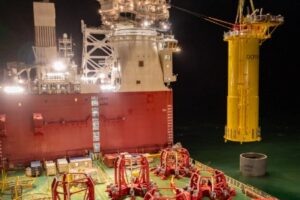How Clean Fuel And Smart Tech Are Transforming The Shipping Industry – Hydrogen Fuel News

Green Shipping Revolution: How Hydrogen and Other Clean Fuels Are Changing the Game
Environmental concerns and climate goals are driving transformation in the global shipping industry. Hydrogen-powered vessels and other clean fuel technologies are swiftly becoming viable solutions for reducing emissions in waterborne transportation. From China’s inaugural hydrogen-powered container ship to France’s hydrogen-fueled river vessel, these advancements represent a milestone in sustainable maritime innovation. Combined with alternative fuel initiatives, the shipping sector is forging a path toward greener and cleaner operations.
China’s First Hydrogen-Powered Container Ship
China has launched its first hydrogen-powered container ship in Jiaxing, Zhejiang Province, marking a pivotal step in adopting cleaner maritime solutions. The vessel, measuring 64.5 meters in length, has a carrying capacity of 64 standard containers, approximately 1,450 tons.
Key features include:
- Power Source: Equipped with two 240 kW hydrogen fuel cell systems.
- Range: Capable of traveling up to 380 kilometers on a single refill.
- Environmental Benefits: Produces zero emissions, preventing about 700 tons of carbon dioxide emissions annually.
The ship also features the largest hydrogen storage system used on a ship (550 kg capacity) and an advanced control system integrating hydrogen storage, lithium batteries, and propulsion systems. Operations for this vessel are planned for 2025, when it will establish China’s first hydrogen-powered inland container shipping route between Jiaxing and Hangzhou.
France’s Hydrogen River Vessel “Zulu 06”
France has also taken a significant step forward with the Zulu 06, a 55-meter river vessel launched on the Seine in Paris just recently. Developed under the EU-funded FLAGSHIPS project, this vessel exemplifies a collaboration of public and private sectors driving green mobility initiatives.
Notable elements of the Zulu 06 include:
- Fuel Cells: Two 200 kW hydrogen fuel cells provided by Ballard.
- Hydrogen Supply: Carries 300 kg of compressed hydrogen, enabling up to seven days of emission-free operations.
- Clean Impact: Reduces air pollution and noise levels while drastically cutting greenhouse gas emissions.
This project aligns with Europe’s ambitions to decarbonize transportation and according to Clean Hydrogen Partnership, Valerie Bouillon-Delporte, the vessel will be operating commercially in the “heart of Paris” soon.

ZULU 06 hydrogen boat launch – Image Credit Sogestran Group
Other Advancements in Hydrogen Boat Technology
Here’s a detailed look at the technology behind some of the recent advancements in hydrogen boat technology across different countries:
Norway: Hydrogen Ferries with Liquid Hydrogen Fuel Storage
Norway has introduced the MF Hydra, the world’s first ferry operating on liquid hydrogen. This vessel represents a significant technological leap, utilizing liquid hydrogen stored in 80 cubic meter tanks to power its operations. The ferry, which connects Hjelmeland, Skipavik, and Nesvik, can carry 299 passengers, 80 cars, and 10 cargo trailers. It uses three tons of liquid hydrogen every three weeks, reducing annual carbon emissions by up to 95%. The project involved collaboration with Linde Engineering for hydrogen systems and Ballard for fuel cells, highlighting Norway’s leadership in green maritime solutions.
Japan: Liquefied Hydrogen Vessels
Japan’s Suiso Frontier, developed by Kawasaki Heavy Industries, is the world’s first liquefied hydrogen carrier. It completed its first international voyage in 2022, transporting hydrogen from Australia to Japan. The vessel’s design allows it to carry 75 tonnes of liquefied hydrogen, cooled to -253 degrees Celsius, using a vacuum-insulated double-wall structure for thermal insulation. This project is part of a broader initiative to establish a commercial hydrogen supply chain by the early 2030s, aiming to import 225,000 tonnes of liquefied hydrogen annually.
Canada: Hydrogen-Powered Tugboats
Canada is testing hydrogen-powered tugboats to facilitate zero-emission port operations. These tugboats are part of a broader effort to decarbonize maritime activities, focusing on integrating hydrogen fuel cells to replace traditional diesel engines. The initiative aims to reduce emissions in busy port areas, contributing to cleaner air and more sustainable operations.
Scotland: Hydrogen-Powered Passenger Ferries
Scotland is deploying hydrogen-powered passenger ferries for shorter regional routes. These ferries are designed to operate efficiently on hydrogen fuel, providing a sustainable alternative to conventional ferry services. The focus is on reducing emissions and promoting green transport solutions in Scotland’s waterways.
These projects illustrate the diverse applications of hydrogen technology in maritime transport, each contributing to the global shift towards sustainable and zero-emission shipping solutions.
More Than Just Hydrogen – Other Clean Fuel Innovations
While hydrogen draws significant attention, other clean fuel technologies are also transforming maritime shipping:
- Ammonia-Powered Ships: Ammonia, a carbon-free fuel, is being tested for long-haul cargo vessels due to its high energy density.
- Methanol Use: Companies are experimenting with retrofitting existing ships to run on methanol, which emits less CO2 than traditional fuel.
- Battery-Powered Vessels: Fully electric vessels are gaining traction for short-distance ferry services, with advancements in battery technology extending their range.
- Wind-Assisted Propulsion: By incorporating sails and rotor technologies, ships can use wind energy to reduce overall fuel consumption.
Together, these advancements illustrate the diverse approaches industry leaders are exploring to bolster maritime sustainability.
How Hydrogen Technology Works in Large Ships
Hydrogen-powered ships use hydrogen as a fuel source to generate electricity through fuel cells, which combine hydrogen with oxygen to produce energy and water as a byproduct. For large vessels, the process involves:
- Hydrogen Storage: Typically in compressed gas form or liquid tanks, depending on ship needs and operational range.
- Energy Conversion: Fuel cells convert hydrogen into electricity to power the ship’s propulsion and onboard systems.
- Hybrid Systems: Ships often pair hydrogen fuel cells with lithium-ion batteries to provide backup power and manage energy use efficiently.
This arrangement ensures zero direct emissions while maintaining sufficient capacity for the high energy demands of large vessels.
Practical Applications and Broader Implications
These technologies yield direct environmental benefits, such as reduced air and noise pollution, while also addressing the international push for sustainability in shipping regulations.
The progress seen this year from China, France, and other regions demonstrates not only the feasibility but also the necessity of transitioning to cleaner fuels. By accelerating investment and innovation, the shipping industry can align with global efforts to mitigate climate change and foster a greener future for transportation.






